There aubergine (Solanum melongena) is a plant belonging to the family of Solanaceae. It is a species with ancient Indian origins and, to date, it is among the most consumed vegetables in the world. In our country it is enhanced by the recipes of regional traditions, especially in the South, especially in Sicily, where numerous native varieties have been selected. Not everyone knows, however, that this fruit of the earth is not only good for the palate, but is also a food rich in beneficial properties for the body.
So let’s get to know it better, let’s understand its characteristics, uses and also see some small tricks to use in the kitchen.
Regional names of the eggplant
The demonstration of how much the aubergine is loved in our country is given by the many regional names with which it is called: merizana in Liguria, Martana in Piedmont, merisana in Lombardy, lanzaena in Emilia, bilanzana in Veneto, petonciano in Tuscany, melanciana in Marche, mulegnana in Abruzzo, mulignana in Campania, maranciale in Puglia, melangiana In Calabria, milincians in Sicily, predinzanu in Sardinia.
Description of the eggplant plant
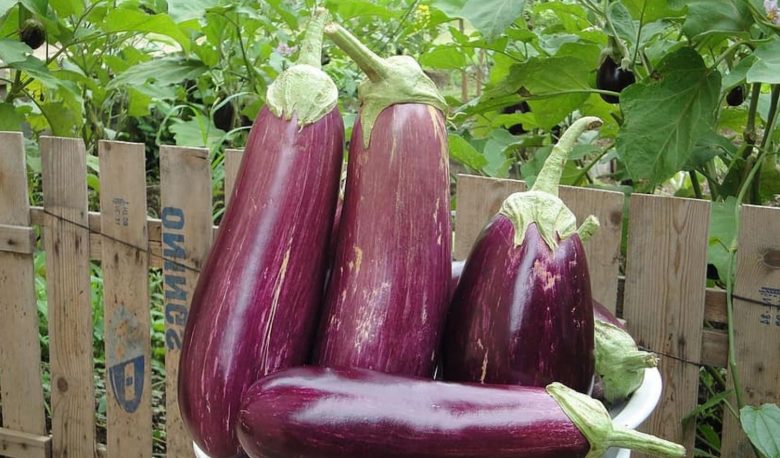
Eggplant is one plant cultivated with an annual cycle which at full maturity assumes the bearing of a small sapling, which reaches over 1 m in height. The roots are superficial and very branched and develop a main stem, initially with a herbaceous consistency which later lignifies. This stem almost immediately begins to branch, emitting lateral shoots, from which secondary branches grow, even if with adequate pruning operations you can keep the plant tidy and more productive. Both the stem and the branches are green-purplish and with a smooth, sometimes pruinose surface.
Leaves
The leaves of the eggplant are large and showy, sprouting from the branches at the base of the shoot. They are alternate, with a robust petiole and elongated oval shape. In some varieties, there are very tenacious thorns. The leaf margin is also variable, from whole to lobed. The apex is acute and tapers into a wedge at the base. The surface of the leaves is covered with hair, which is very annoying during the summer harvest and which gives it an ashy appearance. The color varies from pale green to purplish.
Flowers
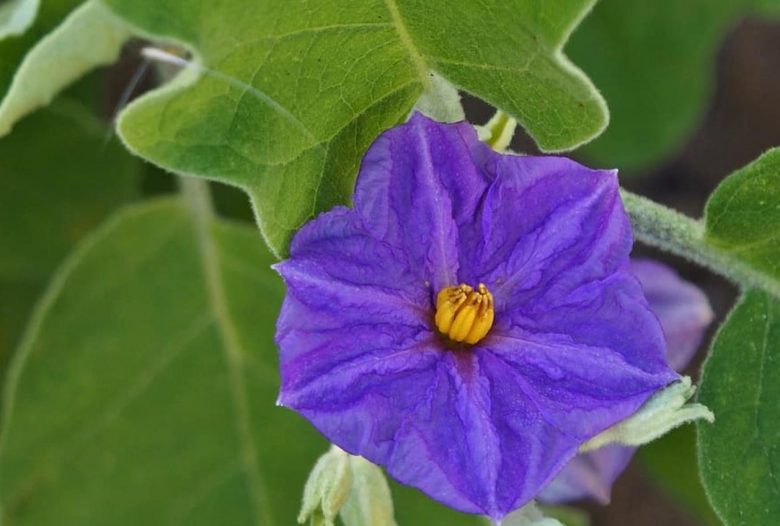
The flowers of the aubergine arise at the bifurcations of the branches or here and there on the stem. They have a showy peduncle, erect at the moment of flowering, which arches downwards during ripening and grows together with the fruit. The color of the corolla can be pink, purple or white, the androecium is conspicuously yellow.
The plants are self-fertile, pollination occurs with the wind, but also thanks to insects.
Fruits
The fruits, that is the aubergines, are pulpy berries of variable shape and weight. Depending on the variety, they can be round, oval, more or less elongated or flattened. The color is also very variable, from classic black or purple, to streaked or white.
Seeds
The seeds, small in size and brown in color, sink into the pulp of the fruit. Depending on the stage of ripeness and vegetative stress, we will have aubergines with more or less seeds inside. The seed is the means of reproduction of the plant and our country has a long tradition in maintenance of indigenous varieties.
Varieties of eggplant
Among the many varieties, the one we are most fond of is the famous Rotonda red eggplant, in Basilicata. It is a small eggplant, looking more like a tomato, and with a unique taste in the world.
Other interesting varieties are the Senise white eggplantalso in Basilicata, the long aubergine from Naples is that mulch in Campania, the Genoese round eggplant in Liguria, the Casalese violet aubergine in Piedmont, the Florentine eggplant in Tuscany, and finally the long violet aubergine from Palermo in Sicily.
The seeds to produce each of these varieties they are easily found in specialized shops.
How to tell if an eggplant is ripe
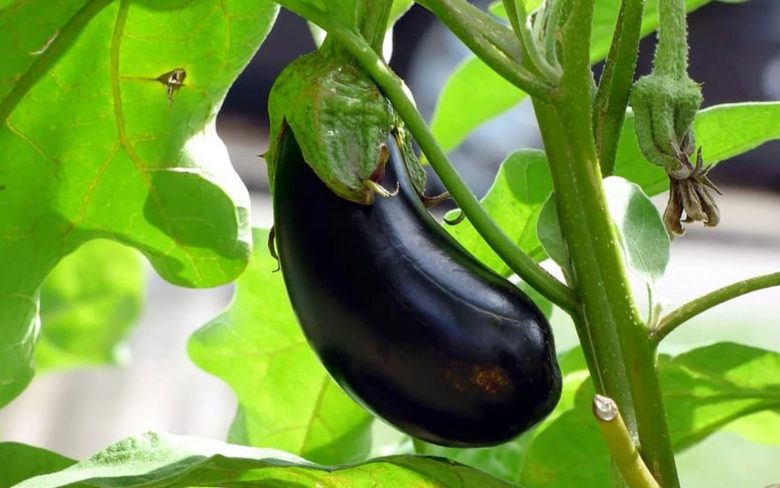
The aubergines must be picked at the right degree of ripeness. You must avoid that they get too big, as they harden and fill with seeds. Also, those that are too small should be avoided, as they are very hard and bitter. If we do not have the possibility to collect them from our garden and, therefore we have to buy them, we pay attention to the freshness and to the producer, who must use organic methods, also because the peel of this fruit is also consumed, which must therefore be free of chemical pesticides.
To understand if the fruit is fresh, the peel must be shiny, taut, with a hard consistency. A few days old eggplants tend to fade and soften right in the skin.
What does eggplant contain?
Eggplant is a vegetable rich in important nutritional elements, which are found both in the edible peel and in the pulp. It is a food low in calories and fat, but rich in vitamins (A, B1, B2, B3, B5, B6, C, E and K), mineral salts (potassium, magnesium, phosphorus, sodium and calcium), iron, proteins , carbohydrates, amino acids, folic acid, chlorogenic acid.
The peel is also rich in beta-carotene, anthocyanins and flavonoids.
As in all solanaceae, solanine is also present in aubergines, an alkaloid that is toxic to the body and that does not allow them to be eaten raw.
What are the benefits of eggplants?
Eggplant is not only a vegetable suitable for those who follow a slimming diet (due to its low calorie intake), but it has many others direct benefits on the body. It has choleretic and cholagogue properties, useful for normalizing the function of the liver, as it stimulates the production of bile. It reduces the level of cholesterol in the blood, stimulates diuresis and promotes the elimination of nitrogenous waste. This set of properties helps to carry out a safe general purifying activity, which allows to detoxify the body. The presence of flavonoids and anthocyanins is also useful for keeping the skin young and preventing aging, as well as for its external anti-inflammatory activity.
How to eliminate solanine from eggplants
Solanine is present in aubergines in moderate quantities, but sufficient to cause intestinal disorders in case of raw vegetable consumption. Cooking almost completely eliminates this substance, making it tolerable and harmless to the body.
How to remove the bitter taste from aubergines
The aubergine is characterized by the typical bitter taste of the pulp and, even more, of the skin. To remove the bitterness, it is used to cut it into slices, strips or cubes and sprinkle it with coarse salt, keeping it under a weight for a few hours. In this way, a large part of the vegetation water responsible for the bitter taste is expelled.
The salt treatment is also part of the conservation of aubergines in oil.
How to cook eggplant
Another peculiarity of the aubergine is its porosity, which allows it to easily absorb the seasonings. If we want to eat them and get health benefits, we should try to cook them as simply as possible, for example grilling or steamed, and limit additional toppings as much as possible. Let’s say that, in general, a fry is not exactly the best for the diet!
Recipes with eggplants
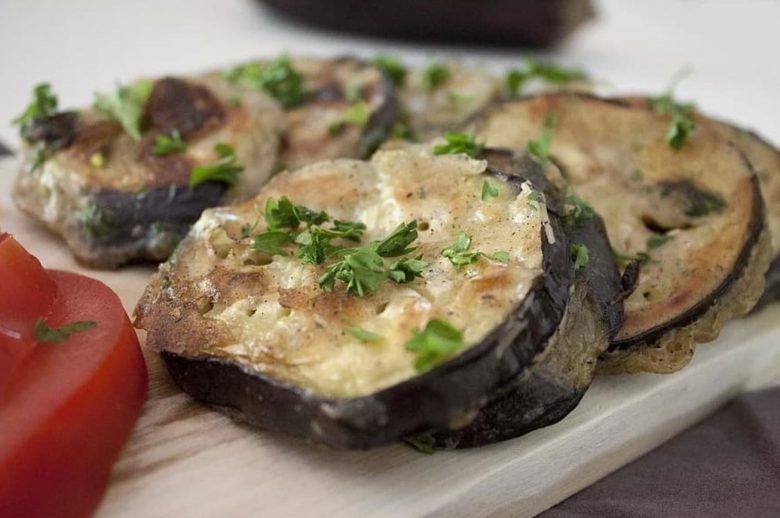
In fact, we know very well that aubergines are the protagonists of numerous recipes that are anything but poor in seasonings. In Italian cuisine, we have, for example, the eggplant parmigianathe stuffed eggplantthe eggplant meatballsthe pasta alla normathe eggplant cutlets etc.
External and cosmetic use
We mentioned earlier the external and cosmetic use of aubergine, in particular of the pulp. This must be lightly blanched and then reduced to a pulp with a mortar.
It can be applied as a medicine in case of hemorrhoids and skin irritations. Or it can be used for a face mask, given that, among its properties, there is that of making the skin smoother and more velvety.

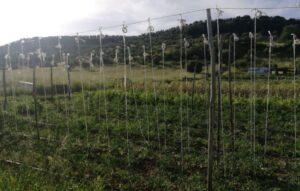
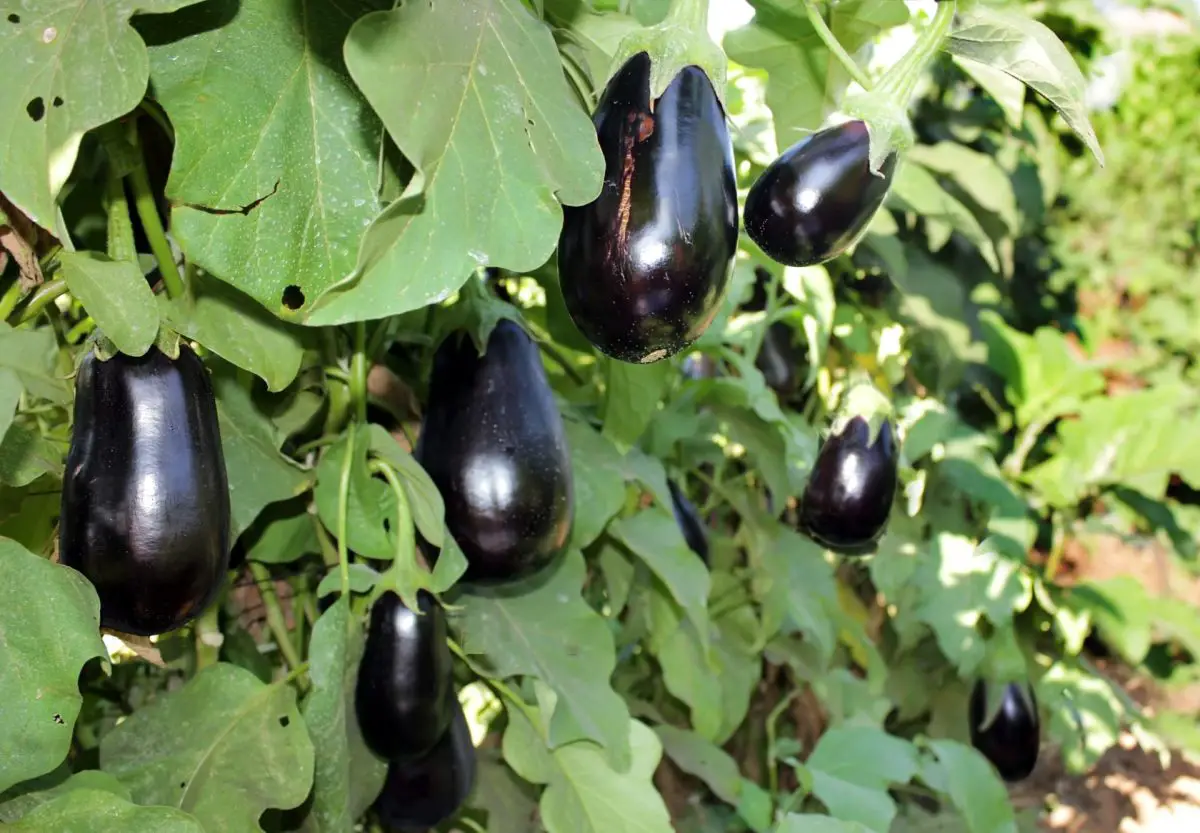
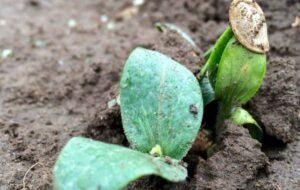
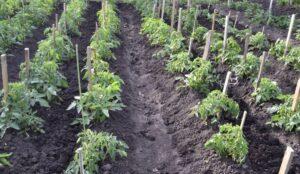
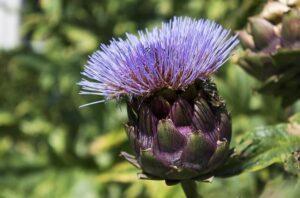
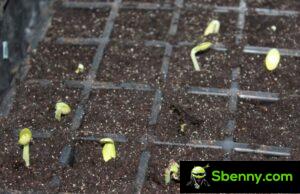
Start a new Thread